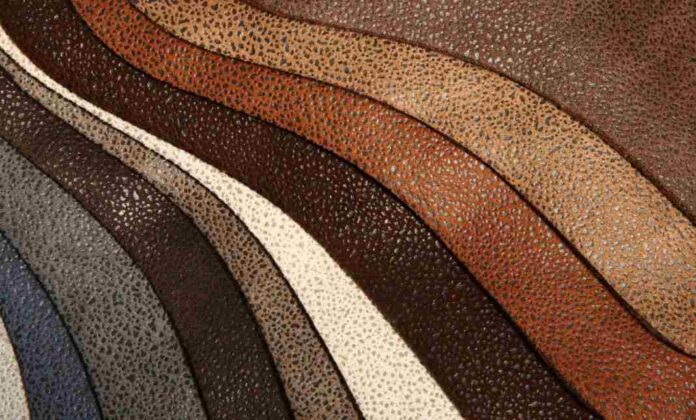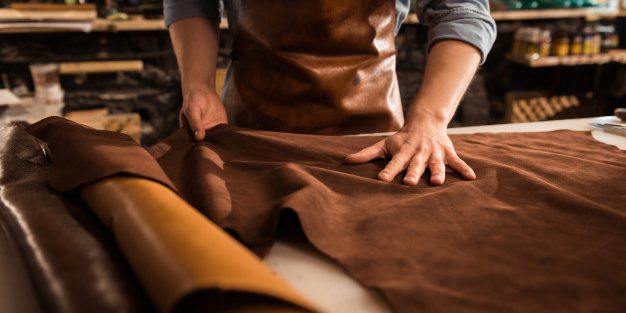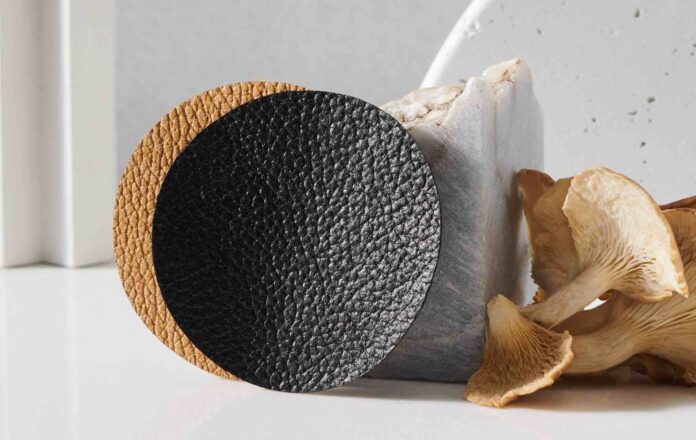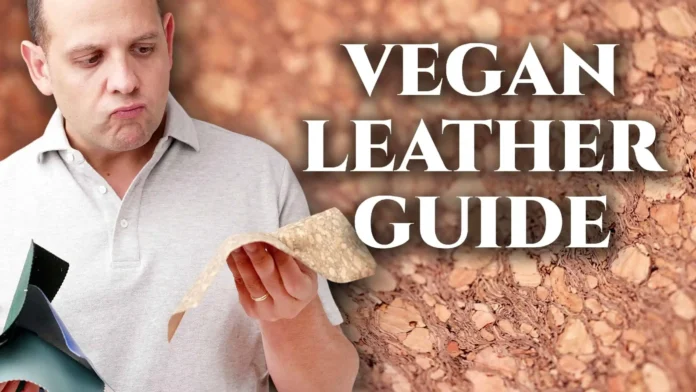Leather has been a material of choice for centuries, thanks to its durability and versatility. However, the use of this material has become a controversial issue in recent times due to concerns about animal welfare and the environmental impact of leather production. As such, many people are now choosing to live a leather-free lifestyle and opt for vegan materials and other ethical alternatives.
What are the advantages of this material?

One of the biggest advantages of vegan leather is that it is cruelty-free. Unlike traditional material, which is made from animal hides, vegan options are made from synthetic materials that do not involve animal cruelty. Vegan leather, as explained by Asif Ali Gohar is also more eco-friendly than traditional one, as it does not require the same amount of water, energy, and chemicals to produce. Additionally, it is more affordable than traditional ones, making it a popular choice for consumers who are on a budget.
The Problem with Traditional Production
Traditional leather production involves the use of harmful chemicals such as chromium, formaldehyde, and cyanide. These chemicals are dangerous to both the environment and the people who work with them. Leather production is also responsible for deforestation, as the demand for cattle grazing land has led to the destruction of forests. Additionally, this industry is responsible for animal cruelty.
Types of Vegan Leather

There are several types of vegan leather, each with its unique characteristics and properties. Some of the most common types include:
- Polyurethane (PU): PU leather is a type of synthetic material that is made from polyurethane. It is commonly used in the fashion industry for bags, shoes, and jackets.
- Polyvinyl chloride (PVC): PVC leather is another synthetic material that is made from polyvinyl chloride. It is commonly used in the automotive industry for car seats and dashboards.
- Microfiber: Microfiber leather is made from finely woven synthetic fibers that are designed to mimic the look and feel of real leather. It is commonly used in the fashion industry for shoes, bags, and jackets.
- Piñatex: Piñatex is a type of vegan leather that is made from pineapple leaves. It is a sustainable alternative to traditional and is commonly used in the fashion industry for shoes, bags, and accessories.
- Cork: Cork leather is made from the bark of cork oak trees. It is a sustainable alternative to traditional and is commonly used in the fashion industry for shoes, bags, and accessories.
- Apple: It is made from the waste created during apple juice production. It is a sustainable alternative to traditional leather and is commonly used in the fashion industry for shoes, bags, and accessories.
Choosing the Right One
When choosing the right vegan hide, there are several factors to consider, including the material, durability, and cost. PU and PVC are the most affordable options, but they are not as durable as other types of vegan material. Microfiber is more durable than PU and PVC, but it is also more expensive. Piñatex, cork, and apple leather are all sustainable options, but they are also more expensive than synthetic materials.
It is also important to consider the quality. High-quality material should feel and look like real leather, and it should be able to withstand wear and tear. Cheaper options may feel and look like plastic, which can detract from the overall look and feel of the product.
Sustainable Materials: Recycled and Upcycled Alternatives
Recycled and upcycled materials are a great way to reduce waste and minimize the impact on the environment. The recycled hide is made from scraps that are ground up, reprocessed, and then reformed into new materials. This process reduces waste and also reduces the environmental impact of producing new leather. Upcycled hide involves taking waste and repurposing it into new products. This reduces the need for new materials and helps to reduce waste.
The Future: Trends and Innovations
As consumers become more conscious of the impact of their choices, the demand for ethical alternatives to traditional hide is on the rise. This has led to an increase in innovation and research in sustainable materials. Some exciting developments include the use of biodegradable materials such as mushroom hide, the use of byproducts from the food industry to create materials such as apple and pineapple leather, and the use of innovative plant-based materials such as cactus hide.
The Role of Education and Awareness in Promoting Ethical Alternatives
Here are some ways that education and awareness can promote ethical alternatives:
1. Education on the Impact of Traditional Leather Production

Many people are not aware of the environmental and ethical impact of traditional hide production. By educating consumers on the impact of production, they can make more informed choices and consider ethical alternatives.
2. Promotion of Sustainable Materials
Education can also promote sustainable materials such as bamboo, hemp, and organic cotton. Consumers can learn about these materials and their benefits in terms of sustainability and ethical production.
3. Collaboration with Brands and Retailers
Collaboration between educational institutions, brands, and retailers can promote ethical alternatives to hide. Educational institutions can work with brands to promote sustainable materials and ethical production practices. Retailers can also educate consumers about ethical alternatives and offer them in their stores.
4. Marketing Campaigns
Marketing campaigns can also promote ethical alternatives to leather. These campaigns can highlight the benefits of ethical alternatives, such as sustainability and cruelty-free production. They can also showcase the unique features of different materials, such as the texture of cork or the durability of polyurethane.
5. Social Media and Influencers
Social media and influencers can also play a role in promoting ethical alternatives. Influencers can showcase their outfits and accessories made from ethical alternatives, and educate their followers on the benefits of these materials. Social media platforms can also be used to share educational content and promote ethical alternatives.
6. Inclusion in Educational Curriculums
Educational institutions can also include ethical alternatives to leather in their curriculums. This can help students learn about sustainable materials and ethical production practices, and encourage them to make more informed choices in the future.
Conclusion

Living a leather-free lifestyle is a great way to reduce your environmental impact and promote animal welfare. Vegan and ethical alternatives provide sustainable and cruelty-free options for consumers who want to make a positive impact. By choosing the right material and taking care of it properly, you can enjoy the benefits of leather-free living while still maintaining the look and feel of traditional leather.









